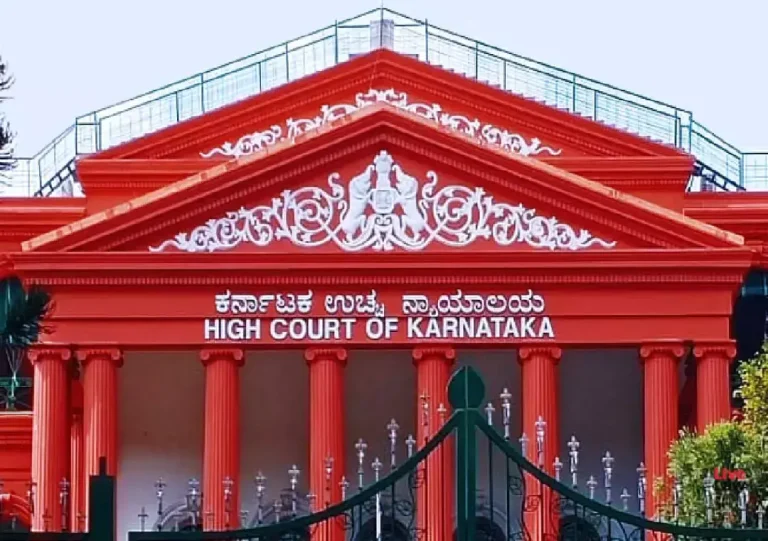
What did J&K Locals Arrested for Housing Pahalgam Terrorists Tell Government?
On April 21, a terror attack rocked Pahalgam, a picturesque town in Jammu and Kashmir, leaving many injured and raising questions about the extent of the terror network in the region. In a shocking revelation, Union Home Minister Amit Shah informed the Lok Sabha that two local residents of Jammu and Kashmir were arrested for housing the terrorists involved in the attack. The arrested individuals allegedly told the government about the encounter with the terrorists, shedding light on the modus operandi of the terrorists.
According to Shah, the terrorists arrived at the hut of the two locals, located approximately 2 kilometers from the Baisaran Valley, on the fateful day of April 21. The terrorists were armed with AK-47 rifles and M9 Carbines, and two of them wore black outfits. The arrested locals told the government that the terrorists had consumed food, tea, and other essentials during their stay, including salt, chillies, and masalas.
The revelation by Shah has sparked concerns about the depth of the terror network in Jammu and Kashmir and the extent to which local residents may be complicit in these attacks. The government’s claim that the arrested locals were sheltering the terrorists raises questions about the effectiveness of the security apparatus in the region and the ability of the authorities to detect and prevent such attacks.
The Pahalgam attack was a brazen display of terror, with the attackers reportedly firing indiscriminately in the streets, targeting civilians and security forces alike. The attack highlighted the vulnerability of the region to terror attacks and the need for enhanced security measures to prevent such incidents in the future.
The involvement of local residents in housing terrorists is a worrying trend, as it suggests that the terror network has managed to infiltrate and recruit individuals from within the community. This raises concerns about the potential for further attacks and the need for increased vigilance and cooperation from local residents.
The government’s claim that the arrested locals provided shelter to the terrorists has also sparked questions about the extent to which the authorities knew about the impending attack. The revelation raises concerns about the effectiveness of the intelligence gathering apparatus in the region and the ability of the authorities to detect and prevent such attacks.
The Pahalgam attack was the latest in a series of terror attacks in Jammu and Kashmir, which has been plagued by insurgency and terrorist activity for decades. The region has seen a surge in violence in recent years, with attacks on security forces, civilians, and infrastructure becoming increasingly frequent.
The government’s efforts to combat terrorism in the region have been hampered by the complex political landscape and the ongoing insurgency. The region has seen a rise in militancy in recent years, with various groups, including the Hizbul Mujahideen, Lashkar-e-Taiba, and Jaish-e-Mohammed, being active in the region.
The involvement of local residents in housing terrorists is a worrying trend, as it suggests that the terror network has managed to infiltrate and recruit individuals from within the community. This raises concerns about the potential for further attacks and the need for increased vigilance and cooperation from local residents.
The government’s efforts to combat terrorism in the region are likely to be hampered by the complex political landscape and the ongoing insurgency. The region has seen a rise in militancy in recent years, with various groups, including the Hizbul Mujahideen, Lashkar-e-Taiba, and Jaish-e-Mohammed, being active in the region.
The Pahalgam attack has also highlighted the need for enhanced security measures to prevent such incidents in the future. The government has announced a series of measures to enhance security in the region, including increased patrolling, surveillance, and intelligence gathering.
The revelation by Shah has sparked concerns about the extent to which local residents may be complicit in these attacks. The government’s claim that the arrested locals were sheltering the terrorists raises questions about the effectiveness of the security apparatus in the region and the ability of the authorities to detect and prevent such attacks.
The Pahalgam attack is a stark reminder of the ongoing terror threat in Jammu and Kashmir, and the need for enhanced security measures to prevent such incidents in the future. The government’s efforts to combat terrorism in the region are likely to be hampered by the complex political landscape and the ongoing insurgency. However, the authorities must remain vigilant and take proactive measures to prevent such attacks and ensure the safety and security of the people.
Source: https://www.youtube.com/watch






